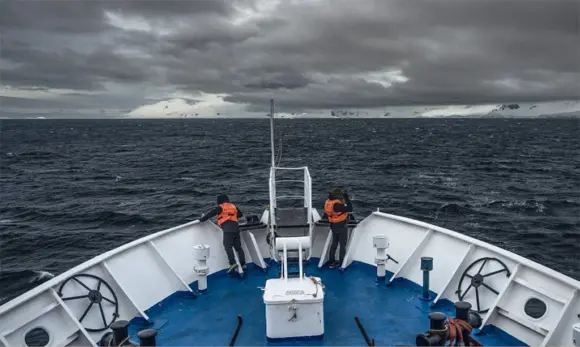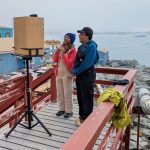
It’s currently winter in Antarctica, but that doesn’t mean the polar region is exempt from the extreme temperatures that are scorching the world. While normally the ocean around Antarctica freezes in the winter, growing sea ice that is essential to the marine food web, this year that ice isn’t growing as usual.
“What we’re seeing this year we’ve never seen before,” says RCEI Affiliate Oscar Schofield, chair of the Marine Science Program at Rutgers University and one of the principal investigators for Palmer LTER, a Long Term Ecological Research site on Antarctica. “Unless something dramatic happens in late winter, which I’m not expecting, this will be the lowest year ever recorded for sea ice.”
Sea ice grows throughout the winter, historically reaching its peak in September at about 19 million square kilometers, or 7 million square miles. (North America, for comparison, is about 9.5 million square miles.) But the ice isn’t growing to that level this year. The decline is so extreme that researchers have been calling it a “five-sigma event,” basically referring to how many standard deviations it is beyond the mean: “It’s like, okay, we’re five times outside of deviations,” Schofield says, “so it’s an extreme event.”
Read the full article on SEBS and NJAES Newsroom.







